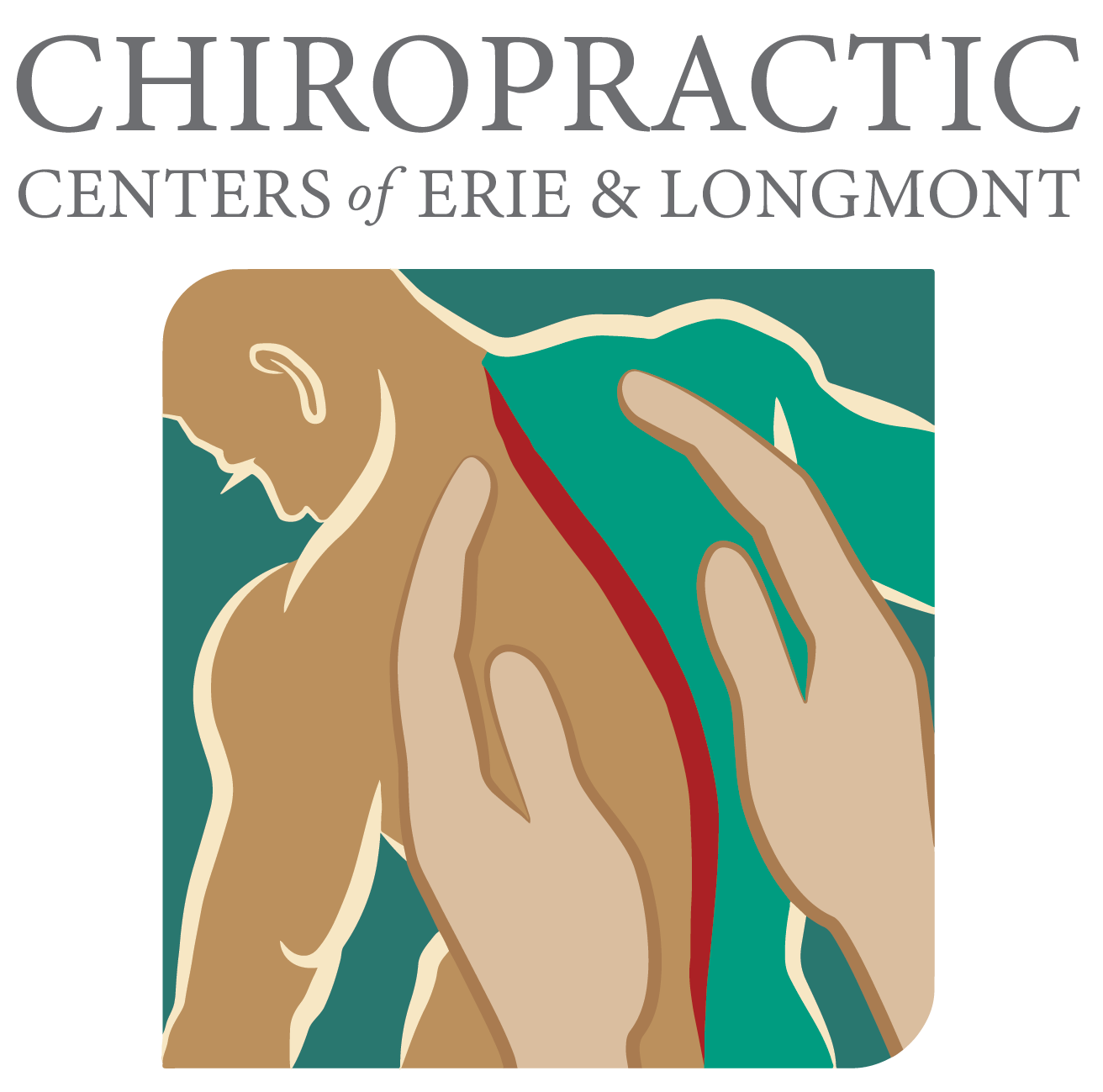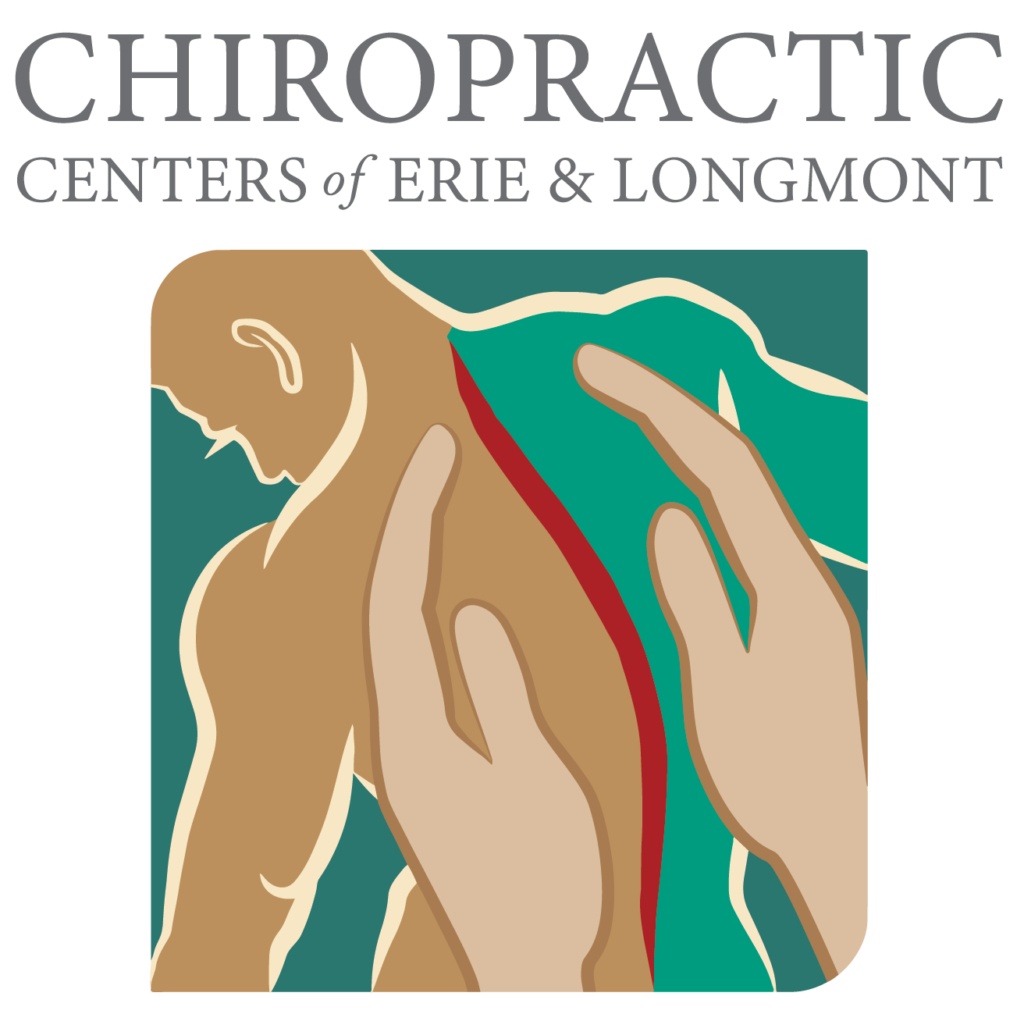Chiropractic Care for Headaches and Migraines

Do you have an ache in your head that just will not go away? You have tried everything – OTC pain relievers, resting, massage, aromatherapy – but nothing has helped. Now you are considering exploring more alternative options, including chiropractic care. It is understandable to be wary of alternative treatments; what if it does not work or you get injured? Well then let us tell you this: chiropractic care is an effective and safe way to reduce headaches and migraines.
While most people think of joints and bones when it comes to chiropractic care, this therapeutic health option is much more versatile and effective than its reputation leads on. As a form of health management based on spinal manipulation, chiropractic care addresses the underlying structural misalignments that are linked to the pain experienced from headaches and migraines. With an increasing number of studies pointing to its ability to provide a non-medicinal, natural solution for Headaches and Migraines, it has become a go-to alternative health remedy.
This post will explain why chiropractic care can help alleviate headaches and migraines and how you can get started. Learn why chiropractic treatment is well-worth a shot on your journey to feeling better!
Quick Review
Chiropractic care can help reduce pain and tension in the head, neck, and jaw areas that are often associated with headaches and migraines. Research has shown that chiropractic adjustments may improve these symptoms long-term, along with other treatments such as massage or physical therapy.
What is Chiropractic Care?
Chiropractic care is a type of alternative medicine rooted in the belief that many illnesses, including headaches and migraines, are caused by misaligned vertebrae in the spinal column. Through manual manipulation of the spine, which may involve twisting or applying gentle pressure to specific points, chiropractors aim to promote healing and improve function in the area where there is a subluxation or misalignment. Proponents of this practice argue that chiropractic care can help alleviate such conditions by reducing nerve irritation and restoring proper communication between the brain and spinal cord. Multiple reviews of existing scientific evidence conclude that chiropractic care is effective at relieving some types of headaches and migraines without putting patients at significant risk for adverse events.
Though opinions on chiropractic care may vary depending on whom you ask, there is no denying that it has been practiced effectively as an alternative form of healthcare for centuries. In the next section, we will explore how these ancient methods can benefit those suffering from frequent headaches and migraines on their path toward long-term relief.
Crucial Points to Remember
Chiropractic care is an alternative form of healthcare that believes many illnesses are caused by misaligned vertebrae; manual manipulation aims to reduce nerve irritation and restore proper communication between the brain and spinal cord. The efficacy and safety of chiropractic care for the treatment of headaches and migraines are backed up by scientific evidence, though opinions may vary. Overall, it is seen as an effective means to provide relief on a path toward long-term pain management.
Benefits of Chiropractic Care for Headaches and Migraines
Chiropractic care can offer a natural solution for headaches and migraines, and the benefits of chiropractic treatments are vast. Many studies have shown that chiropractic treatments may help reduce the intensity and frequency of headaches such as tension-type headaches and migraines. Added benefits of regular chiropractic care include reduced stress levels, improved circulation, improvement in overall health, and a boost to the immune system. Additionally, regular spinal adjustments may prevent additional misalignments and future negative health effects while improving posture, balance, and overall well-being.
For those suffering from chronic headaches and migraines, chiropractic care offers a natural alternative to chemical medicines with potentially fewer side effects. Those who choose this more traditional form of healing often claim they experience pain relief after just a few sessions. The amount of time it takes to see results varies per individual case but usually ranges between 3-6 weeks. Some patients even report complete elimination of the headaches and migraines over time with consistent treatment plans.
The debate about whether chiropractic care is effective for treating headaches and migraines rages on in medical circles with some medical professionals still being unconvinced of its merits. Numerous studies have now proven that chiropractic techniques can be beneficial for treating headaches and migraines. A recent survey conducted by Spine-health concluded that 88% out of the 883 participants experienced significant reduction or resolution in their headache symptoms following continuous adjustments to their neck and upper spine regions over 6 weeks. Thus, there is abundant evidence demonstrating positive therapeutic results of receiving regular chiropractic treatment as an alternative to chemical medications for people suffering from frequent headaches or migraines.
Subtle changes in lifestyle habits, and dieting habits combined with receiving periodic adjustments from a qualified specialist can lead to long-lasting satisfaction from symptom relief when dealing with an acute or chronic headache or migraine episodes. Thus, chiropractic care is a viable option for treating headaches and migraines without any possibly unintended side effects often posed by conventional medications. Now let us investigate how visits to a chiropractor can also lead to improved health outcomes apart from helping treat painful symptoms associated with these conditions, thereby leading to improved wellness and prevention through proactive measures taken by the patient.
Improved Wellness and Prevention
Chiropractic has been found to provide not just relief, but longer terms benefits as well. Improved wellness and prevention are two of the most important outcomes experienced by patients. It is important to note that this form of therapeutic treatment is specifically designed to help people receive care through natural means without the use of drugs or surgery. Research conducted studying individuals with headaches and migraines who received chiropractic care has reported fewer flare-ups after beginning treatment and improved overall long-term wellness in comparison to their prior condition. Additionally, for patients who suffer from chronic headaches or migraines, chiropractic sessions may even provide an opportunity for preventive measures.
By restoring the proper balance of muscle groups and structural integrity, chiropractic is a wonderful way to take an existing headache or migraine out of the equation faster than some common drugs. While pharmaceuticals might temporarily reduce inflammation and provide symptomatic relief, they do not address the underlying issue causing the headache or migraine which requires specific adjustments. With improvement in neurological function, circulation, and nerve innervation, chiropractic helps many patients avoid future exacerbations and episodes due to regaining strength in areas that may have compromised one’s integrated health.
For those looking for an alternative approach aside from conventional pharmaceutical treatments, chiropractic care can be your solution. After this discussion on the benefits that come with chiropractic care for headaches and migraine sufferers, it is time to discuss more closely how this kind of treatment works and what you can expect during appointments.
Gentle Touch and Adjustment
For those suffering from headaches and migraines, chiropractic care has become a popular option for its natural approach. Through gentle touch and adjustment, many have claimed to benefit from chiropractic treatments in alleviating their symptoms. The aim of adjusting the spine is to improve neck mobility, boost the nervous system, and reduce muscle tension that can contribute to headaches and migraines.
There are some debates on the effectiveness of this type of treatment. Studies suggest that chiropractic adjustment help reduce chronic headaches, especially when combined with conventional medical treatments such as physical therapy, massage, or exercise. Additionally, reports indicate that patients with greater manual dexterity may experience better outcomes. It seems difficult to conclude whether such treatments are definitively effective but for those who prefer natural solutions, taking part in these sessions could be an option worth considering.
Though the debate may remain open-ended, one thing is certain–chiropractic care offers a drug-free solution that could potentially offer lasting relief from headaches and migraines. Those who would like to seek further natural solutions should consider pursuing chiropractic therapy to explore what health benefits it may provide. With patience and willingness to be proactive with management strategies, many have achieved improved levels of wellness along with prevention of future occurrences–all without pharmaceuticals.
Who Should Consider Pursuing Chiropractic Treatment?
When it comes to choosing a treatment option for headaches and migraines, there is no one size fits all solution. While chiropractic care may bring relief to some people, others may find little relief from these treatments. Those who are suffering from headaches or migraines should consider exploring the possibility of chiropractic care as part of their treatment plan.
For those who have previously gone through other forms of treatments without success, such as over-the-counter medications and therapies, chiropractic care may provide an effective alternative solution. There have been instances where patients reported significant reductions in pain or even disappearance after receiving chiropractic adjustments. Additionally, studies done on clinical trials further support the notion that chiropractic care can be an effective way to reduce the intensity and frequency of headaches and migraines.
While chiropractors do not provide a cure-all, they can offer relief as well as preventive care options to identify potential risk factors before problems arise. As with any form of medical therapy, those considering seeking out this kind of treatment should talk with their regular doctor before engaging in such practices. It is also important that patients discuss attributes like the type of treatment being used, the equipment being used, and other vital details about sessions to ensure peace of mind for both parties involved.
Common Condition-Specific Treatments
It is important to note that not all chiropractic treatments are the same and some may specialize in certain conditions while others might be more general. If you suffer from regular headaches and migraines, you should discuss with your chiropractor which treatments are best for your specific needs.
Common condition-specific treatments include spinal manual therapy such as spinal manipulations or mobilization, corrective exercises designed to help correct alignment and massage therapy. Spinal manual manipulation is a procedure used to reduce pain and improve mobility by applying pressure to the vertebrae of the spine. It can also help normalize joint functions, relieve pressure off pinched nerves, relax muscle spasms, and stretch tight muscles. Corrective exercises focus on strengthening the muscles around the spine and help maintain normal posture while helping re-establish proper biomechanics allowing for better skeletal alignment. Massage therapy helps release muscle tension that can lead to headaches and migraines by increasing blood circulation and oxygenation.
Overall, depending on individual cases, any combination of these treatments may be suitable for treating chronic headaches and migraine conditions. In this way, one can find the ideal treatment plan tailored specifically to them when discussing their health concerns with both a doctor and a chiropractor who is well-versed in managing headache and migraine symptoms.
The next step in understanding how chiropractic care may provide relief for those suffering from neck pain or having misaligned vertebrae is to understand how vertebrae manipulation works. By gaining an understanding of how this manipulative procedure works we may get an even better picture of how chiropractic care can provide natural solutions for headaches, migraines, neck pain, or other forms of back pain.
Neck Pain and Vertebrae Manipulation
The next common condition-specific treatment is neck pain and vertebrae manipulation. Chiropractic care can help relieve chronic or acute neck pain through the realignment of vertebrae to restore the natural curvature of the spine which enables proper functioning of the nervous system. It does this by manipulating the cervical spine, repositioning displaced vertebrae, and relieving tension on nerves and soft tissues.
Muscle Stressors and Joint Adjustments
When treating headaches and migraines through chiropractic care, muscle stressors, and joint adjustments are two effective methods for relieving related neck pain. Trigger points in the jaw, face, and neck can be relieved through manipulation of the facial muscles, which help to relax tight areas that could be contributing to tension-type headaches. Joint adjustments of the atlas, axis, and cervical vertebrae allow practitioners to address structural alignment issues in the spine and reduce pressure on nerve roots, a common cause of migraine headaches.
The debate surrounding whether or not certain spinal manipulations may increase the risk of stroke has stirred controversy amongst various health professions, and although inconclusive, research supports both sides of the argument. Studies have clarified there is no causal link between cervical manipulation and stroke and that the incidence rate is exceptionally low; however, some experts oppose routine cervical manipulation and believe it should only be performed by specially trained professionals who are aware of its risks. They caution against aggressive initial manipulation until other more conservative treatments have been tried.
Chiropractic care is an effective treatment option for managing headaches and migraines since it addresses potential musculoskeletal problems that can contribute to pain levels. However, selecting evidence-based techniques such as joint adjustments and muscle stressors require careful consideration so that any potential adverse effects are minimized for optimal patient results. As your journey with chiropractic care continues, it is important to implement post-treatment care tools like ice packs or stretches into your routine to ensure you can reach your desired goals with minimal discomfort.
Post-Treatment Care Tips
Post-treatment care tips can be highly effective for minimizing headaches and migraines caused by muscle stressors and joint adjustments. Following the chiropractor’s advice is an important part of post-treatment care. Patients should also gently exercise to improve flexibility, reduce tension, and keep joints mobile. Stretching exercises are important when recovering from a chiropractic adjustment, as they help to maintain the effectiveness of the adjustment while keeping muscles relaxed.
Depending on the severity of the headache or migraine, there may be debate about whether it is necessary to take medication after a chiropractic session. Research suggests that medication is helpful for a severe headache or migraine but not for a milder form of pain, so it is important to discuss with your doctor what kind of post-treatment plan should be implemented. Chiropractors often suggest taking over-the-counter medications such as ibuprofen or acetaminophen for temporary relief from headaches and migraines, as well as going through cold compression therapy following an adjustment if needed.
In addition to following up with medications, patients should also commit to a long-term strategy for managing their conditions. This may include lifestyle changes such as improving posture when sitting or standing, getting plenty of sleep, avoiding high-stress situations, and implementing relaxation techniques such as yoga or deep breathing exercises. It is also recommended that patients begin establishing good dietary habits by reducing processed foods and adding more fruits and vegetables to their diets. Furthermore, drinking plenty of water throughout the day helps to properly hydrate the body and avoid dehydration which could cause headaches and migraines due to a lack of fluid in the body.
By making these simple lifestyle changes post-chiropractic treatment, most patients find that their headaches and migraines are managed effectively without having to rely too heavily on medications.
Services
What We Treat
Patient Types
FAQ
Answers to Frequently Asked Questions with Detailed Explanations
Yes, chiropractic care for headaches and migraines is safe and effective. Numerous studies have shown that chiropractic treatments can effectively reduce headache frequency and intensity as well as improve their overall quality of life. Chiropractic care uses manual adjustments to spinal vertebrae, massage, and other soft tissue therapies that do not use drugs or surgery. This makes it a safe and viable option for those looking to find relief from headaches and migraines without the need for invasive or potentially harmful medications.
Chiropractic care for headaches and migraines involves utilizing spinal manipulation and physical therapy techniques to correct alignment and improve overall health. Manipulation of the spine helps reduce tension in the body, allowing muscles and joints to function better and allowing proper circulation of blood and nerve signals throughout the body. In addition, chiropractic adjustments can help reduce pain signals traveling from the head to the nervous system. Furthermore, different physical therapy approaches may be used for further relief such as exercise, soft tissue massage, and passive stretches. All these combined helps to relax nerves, relieve muscle spasms, promote better posture, and ultimately reduce headaches and migraines.
Chiropractic care for headaches and migraines works by looking at the underlying causes of the head pain, rather than just treating the symptoms. By focusing on structural alignment, balance, and motion of the spine, a chiropractor can help reduce tension in the muscles that might be causing headaches or migraines. In addition, chiropractic care can promote natural healing by stimulating the nervous system to release healing chemicals. By carefully manipulating the spine and surrounding muscles, joints, and tissues, a chiropractor can bring balance back to your body and reduce or eliminate your headache or migraine pain.
Chiropractic care offers long-term benefits to those struggling with headaches and migraines. Regular chiropractic adjustments can reduce the severity and frequency of headaches and migraines, as well as reduce reliance on pain medications. Additionally, by addressing underlying causes such as spinal misalignment or a muscle imbalance, chiropractic care helps to restore proper nerve function and posture, which can further alleviate symptoms of both headaches and migraines in the long term. Finally, with fewer headaches or migraines, patients can achieve a better quality of life without pain-related limitations.

